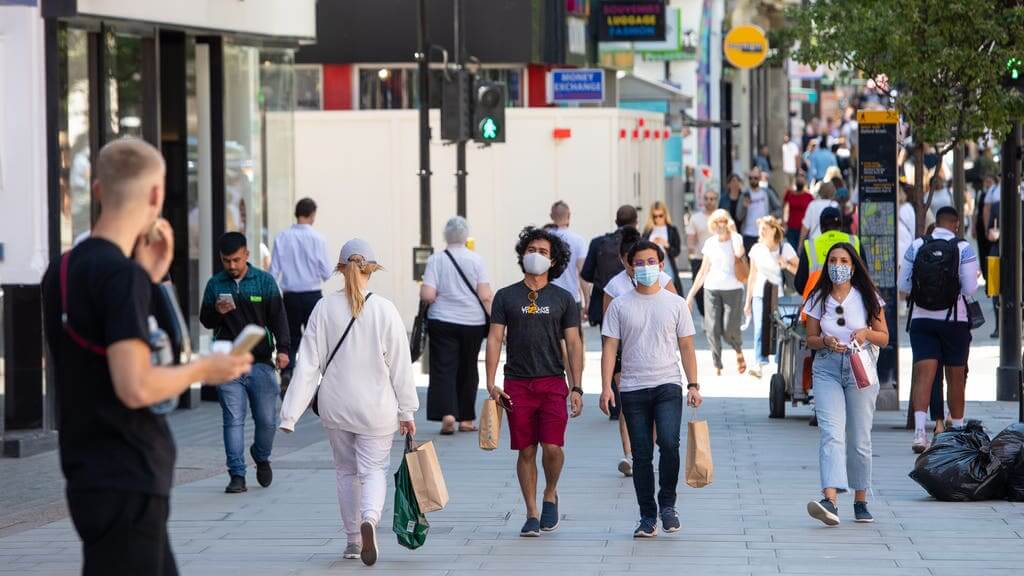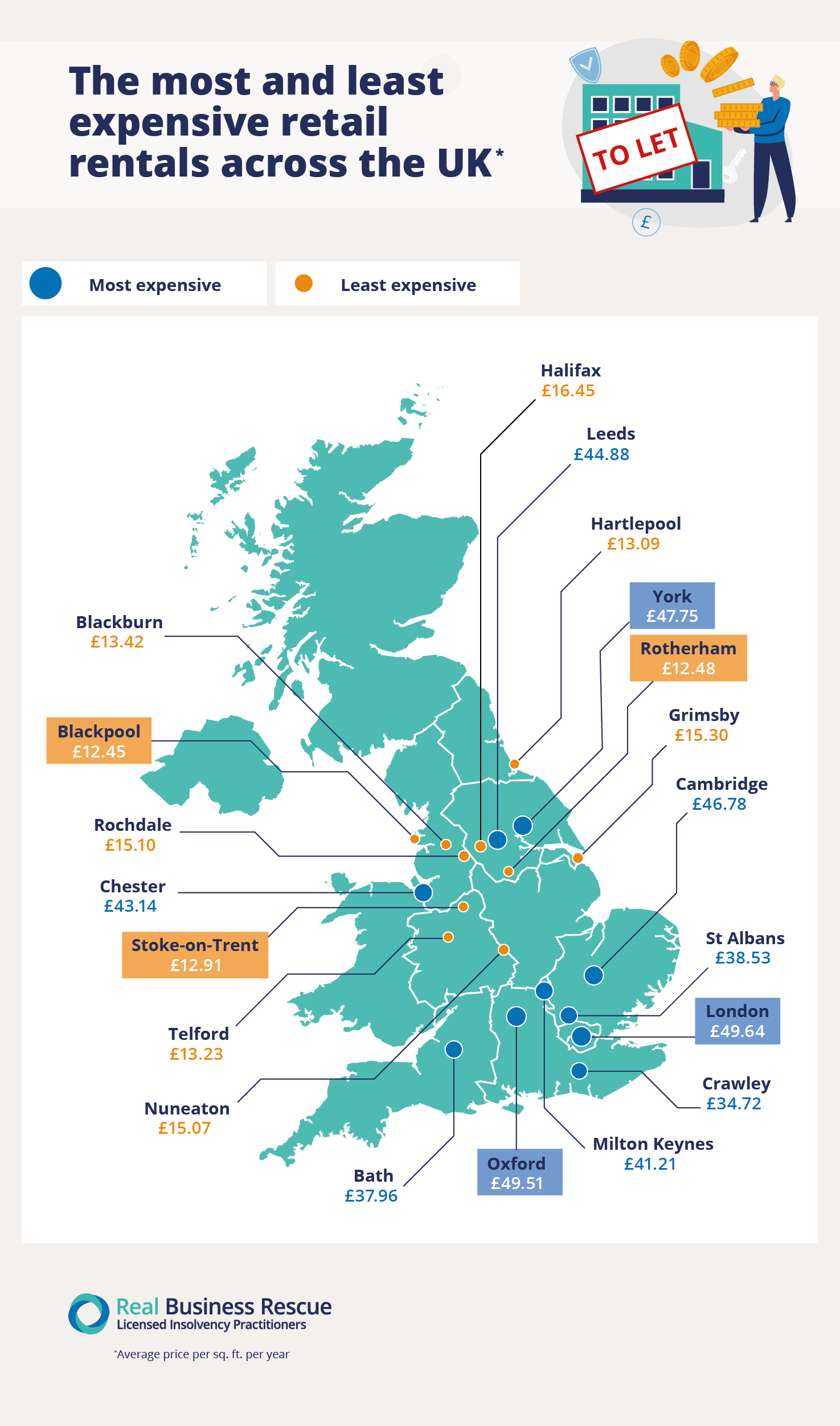
The British High Street was once the nerve centre for local economies as it created a ground-breaking shopping experience for consumers. Aspirational retail giants were encouraged to set up shop to popularise their brand and build a loyal customer base. The British High Street was once the epitome of retail success, although, over time, its appeal and popularity have waned.
According to the Centre for Retail Research, 1,678 stores and 30,276 employees were affected by the failure of 22 companies throughout 2022 (January to October). The highest recorded figure in recent times was in 2020, the peak year of the coronavirus pandemic, which saw the collapse of 54 companies, with 5,214 stores and 109,407 employees detrimentally affected.
The rise of e-commerce and the transition of physical stores to online-only has contributed to the meteoric decline of the British High Street, alongside Covid-19 economic uncertainty, rising inflation and business rates. As the financial health of high street businesses deteriorates, what does this mean for the last survivors?
The undisputed takeover of online rivals
The popularity of online-only business models is exponentially rising as company overheads for online-only businesses are often lower than physical stores. As there’s typically no physical shopfront to consider, this means that online-only businesses can operate without concern for commercial rent, business rates and property insurance, interior design, property maintenance and commercial property advice.
Data from Real Business Rescue on UK towns and cities with the highest retail rental prices show that London has the most expensive retail property rents per square foot at £49.64 per year. Followed by Oxford, York, Cambridge, and Leeds, respectively at the top end. In terms of the lowest retail rental price, the seaside town of Blackpool is the cheapest.

This shows the financial weight of operating commercial property on High Street businesses which are expected to increase as the energy crisis hits company cash flow.
Household High Street names, Debenhams and Topshop, took up some of the largest units situated in prime locations on the British High Street. To prevent the demise of Debenhams and Topshop, both fashion retailers relaunched as online-only businesses.
The collapse of Debenhams led to the closure of over 150 stores around the UK after it entered administration in 2019 and 2020, but the legacy of the brand continues online after the brand name was snapped up by fashion retailer, Boohoo.
Topshop went into administration in 2020 and continues as an online-only brand after it was saved by online fashion marketplace, Asos. Topshop sales jumped by 193% following the transition of the brand to digital-only, as reported by Retail Gazette.
Is this the end of the road for the British High Street?
Data from the Office for National Statistics shows that wholesale and retail trade, along with construction, manufacturing, accommodation and food industries together accounted for more than half of total business insolvencies in the first half of 2022 in England and Wales.
As the British High Street recovers from the aftereffects of Covid-19, including a severe drop in footfall and the transition to online shopping, High Streets have much ground to gain amid the cost of living crisis. The closure of once-popular chains contributes to the decline in the appeal of the British High Street, although this also provides new opportunities for alternative retailers to take their place.
The appeal of the British High Street must be restored to prevent local shopping districts. from declining into ghost towns. Real Business Rescue’s Support the High Street campaign shows that 89% of workers see a return to the office as an opportunity to support the high street and local businesses.
This passion must be adopted by the wider public to restore the British High Street to its former glory.
Thanks for signing up to Minutehack alerts.
Brilliant editorials heading your way soon.
Okay, Thanks!